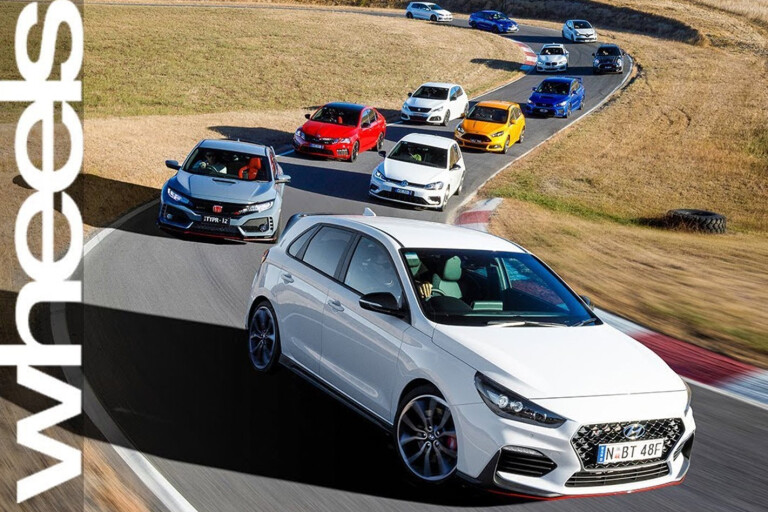
BY most accepted measures, 2018 was one heck of a year. Bumper new car sales, first drives of some mouthwatering gear like the RS versions of the 911 GT2 and GT3, the McLaren 600LT, Lamborghini’s Aventador SVJ and Ferrari’s 488 Pista. Toyota came good with the new Corolla, Holden finally glimpsed some light at the end of the tunnel with encouraging Acadia sales, HSV brought us the fantastic Camaro, Alpine revived itself with the delightful A110 and we had a whole onslaught of new plug-in hybrids.
What’s perhaps most interesting, however, are the things we didn’t see coming. Here’s our top ten.
1. The Ranger Raptor proved that 65kw/tonne could be fun
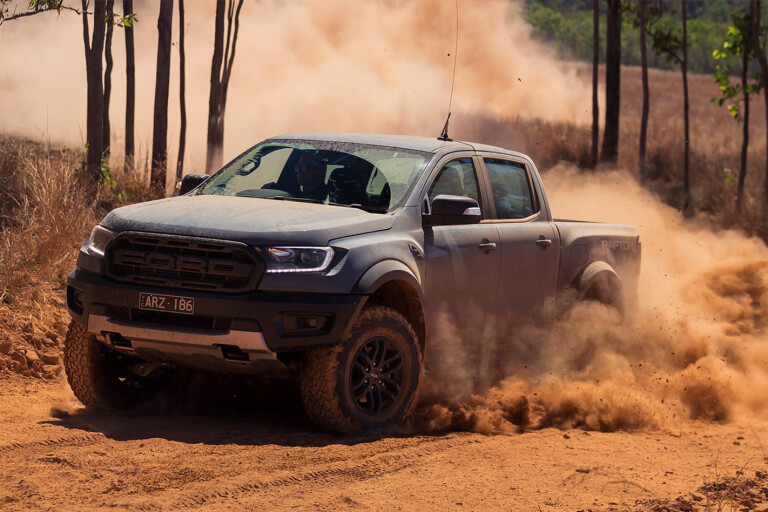
Yep. You read that right. The flagship of Ford Performance’s range in Australia generates a feebler power to weight ratio than an entry level Kia Picanto, a Land Cruiser 70 Series or a 2.4-litre atmo Hyundai Santa Fe. This merely goes to show that outright grunt is only marginally correlated to enjoyment because the Raptor might just have been the most fun car we tested last year. Okay, it needs some specific terrain to really shine, but doing jumps and 100km/h dirt drifts never really gets old.
2. Carlos Ghosn got a big reality check

You know how it works. The further up the greasy pole executives clamber, the more layers of insulation they build beneath them and then they arrive at that point where the regulations and social mores that most of us observe can become a fuzzy construct. Carlos Ghosn is but the latest senior car industry executive to spend time behind bars and while the case is ongoing and Mr Ghosn is stridently proclaiming his innocence, the welcome takeout from this affair and the rumbling Dieselgate fallout is that nobody’s untouchable.
3. Aussie car manufacturing isn’t dead
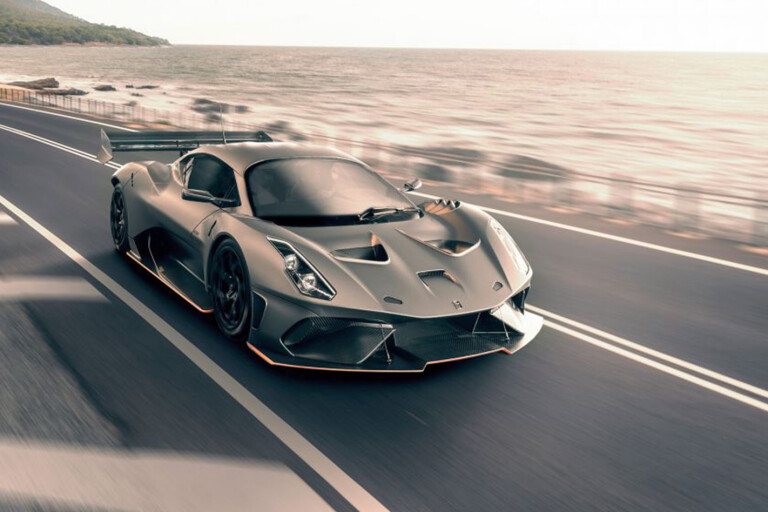
True, it’s not exactly in the rudest of health, but Brabham surprised us all in April of this year by revealing that its BT62 hypercar would be built in Adelaide. Since then, it’s gone on to develop a $200k road legalisation package for the $1.82m 522kW rocketship that makes it one of the very fastest road-legal cars available. Some idea as to how quick the BT62 is comes with an outright lap record of Phillip Island in testing, eclipsing the 18-year old 1:24.22 of Simon Wills in a Formula Holden. The V8 Supercars record is a yawning 1:32.21. Although Brabham’s only set to build 70 examples of the BT62, another Aussie company, Carbon Revolution based in Waurn Ponds is going from strength to strength, supplying carbon composite wheels to manufacturers such as Ford and Ferrari. A $100m expansion program is underway, with 500 workers added to the payroll and manufacturing facility expanded from 3000 to 7000 square metres.
4. The Jeep Grand Cherokee Trackhawk isn’t terrible
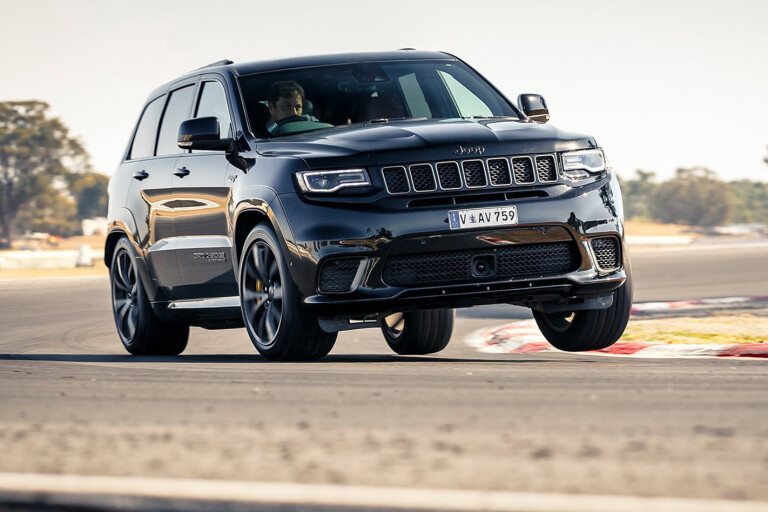
Whoever had the idea of planting a 522kW V8 into the front of a Jeep Grand Cherokee needs a pay rise. We all thought it would be dreadful but the gloriously deranged Trackhawk is one of those cars that will have you laughing like an idiot every time you plant the loud pedal. Unless you’re paying for the fuel, that is. We recorded 47L/100km at Winton, but if you can be a little more measured in your approach, it’s hard to beat the big-hearted Jeep in terms of bang for your buck. At $134,900 it generates more grunt than a $645k Porsche 911 GT2 RS and sounds better to boot.
5. Australia has a big say at GM
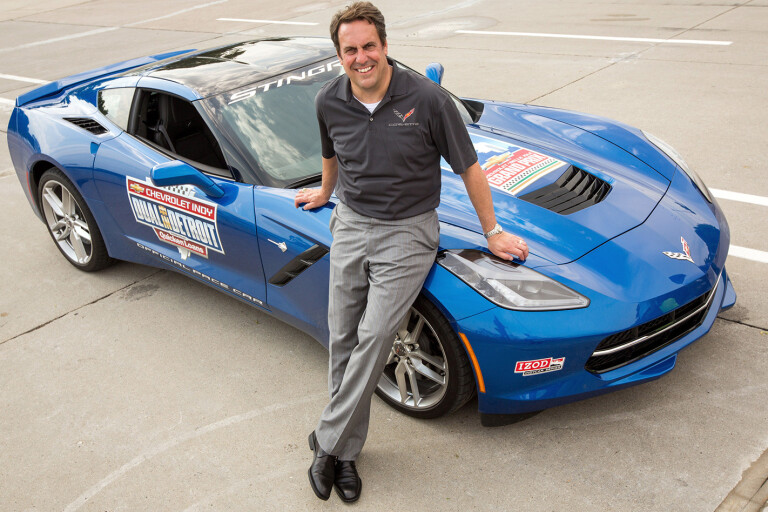
The appointment of former Holden boss Mark Reuss to president of General Motors was announced just after the New Year, but it’s indicative of a growing trend within the organisation to look after some stellar Aussie talent and, post-closure of local manufacturing, to assign new value to its Australian infrastructure. With talents like Mike Simcoe heading up GM’s design and Richard Ferlazzo’s design studio in Melbourne now employing 150 staff working flat-out on new concepts for Chevrolet, Buick, Cadillac and GMC, Australia punches above its weight in Detroit. What’s more, with ex-Holden men in these key positions, the direction of the future Holden portfolio looks to be in good hands.
6. Hyundai can build a top drawer hot hatch
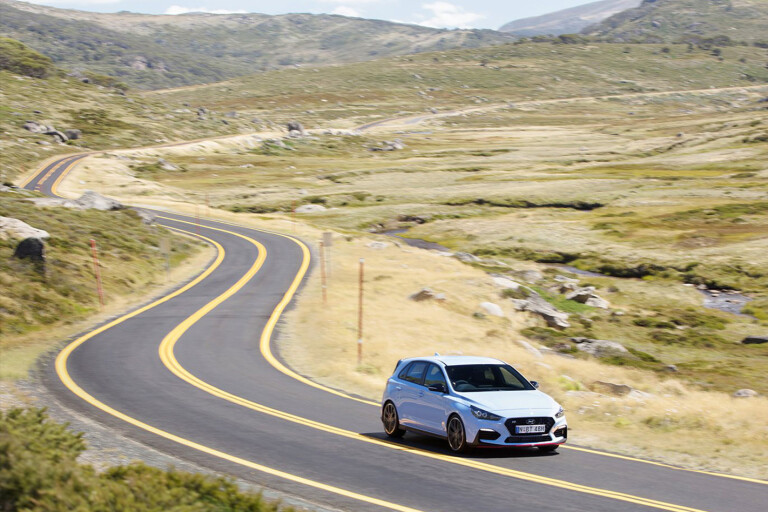
Can we talk about the Hyundai i30N? More specifically, can we talk about how terrible Hyundai performance models were before this car arrived? Let’s face it, they were nowhere. Hopeless. Proper damning with the faintest of praise awful. Then Albert Biermann arrived from BMW’s M division and out popped the i30N, a car that went straight to the top of the class. Now we can go back and forth on whether the i30N, the Golf R Grid or the Civic Type R is the best of the current crop of hot hatches and all three have a strong shout, but the fact that one is $8-10K cheaper than the other two pretty much seals the decision for us. That, and the fact that the Hyundai was quickest around Haunted Hills in our April edition shootout. We’d call that a slam dunk.
7. Premium manufacturers aren’t being shamed into offering longer warranties yet
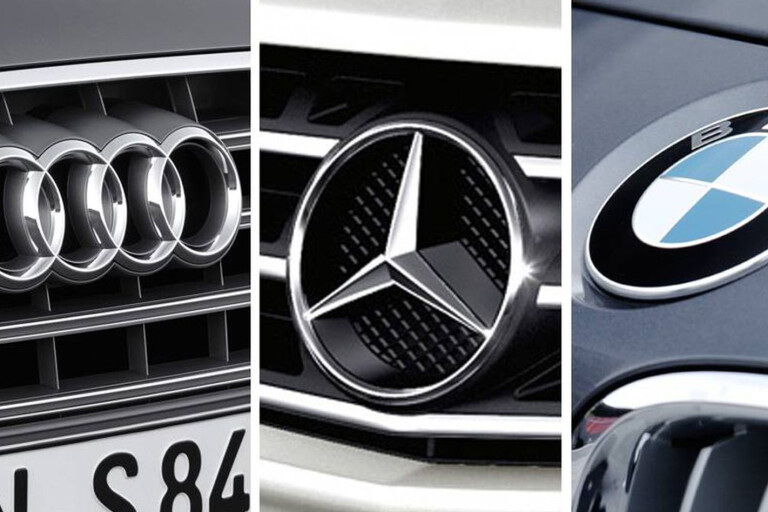
The trickle became a bit of a rush. With the Korean manufacturers long being the adherents for warranties longer than the three-year norm, it was only a matter of time before other car makers extended their warranties. We now see Citroen, Ford, Haval, Honda, Isuzu, Mazda, Mitsubishi, Peugeot, Proton, Renault, Skoda and Volkswagen all offering five-year warranties. Infiniti, Lexus and Rolls-Royce offer four-year deals, MG either six or seven, SsangYong a seven-year warranty and Tesla shaming everyone else with an eight-year deal. Toyota only budged in the first days of 2019. What’s most illuminating is how blithe many of the German premium brands are that a three-year arrangement is still sustainable.
8. The McLaren 720S is a psychopath

Woking really shook up the top end of town with its 720S. We got our hands on one for the July 2018 edition and straight off the bat it was clear we were driving a supercar with hypercar performance. This is a car that gets to 300km/h in 18.6 seconds. That’s half a second quicker than a Porsche 918 Spyder. It’s nine seconds quicker than a Lamborghini Huracan Performante and 3.4s swifter than a McLaren F1 or the latest 911 GT2 RS. It’s exactly as quick to the 150mph (241km/h) increment as a Bugatti Veyron. This is a level of performance we’ve never seen before in this sector and unleashing the McLaren on the Great Ocean Road at night was one of our driving highlights of the year.
9. The new Mazda3 looks set to be the most technically intriguing car on sale
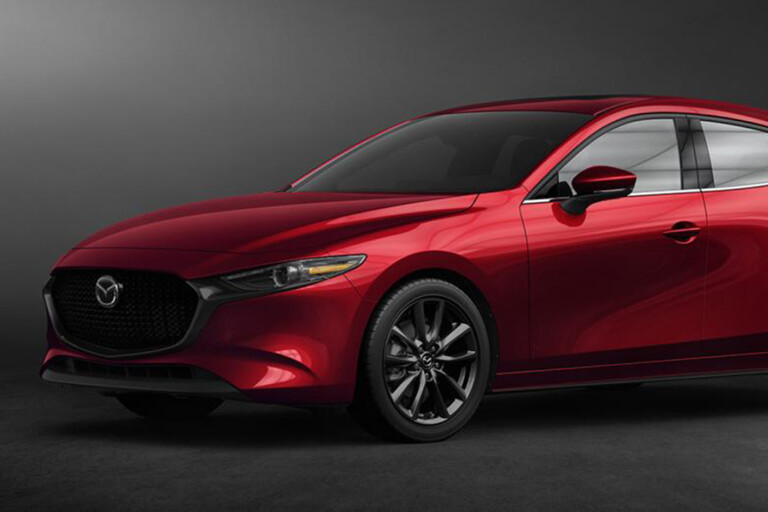
Mazda’s Skyactiv-X engine technology in the forthcoming 3 might seem a little dry but it could herald a revolution in the way we build engines. Hiroshima has attempted to incorporate the combustion process of a diesel engine, igniting the fuel by compressing it rather than lighting it with a spark plug as you would in a petrol engine. The engineering might of Mercedes has tried this before with no success, hoping for the refinement of a petrol engine with the economy of a diesel. Mazda looks to have cracked the problem and the all-new 3 is set to be the first car to get this tech. We’ve driven it in a prototype car but we’re looking forward to the car going on sale here later this year to see if the production version lives up to the early promise.
10. Australia isn’t ready for the electric car revolution yet
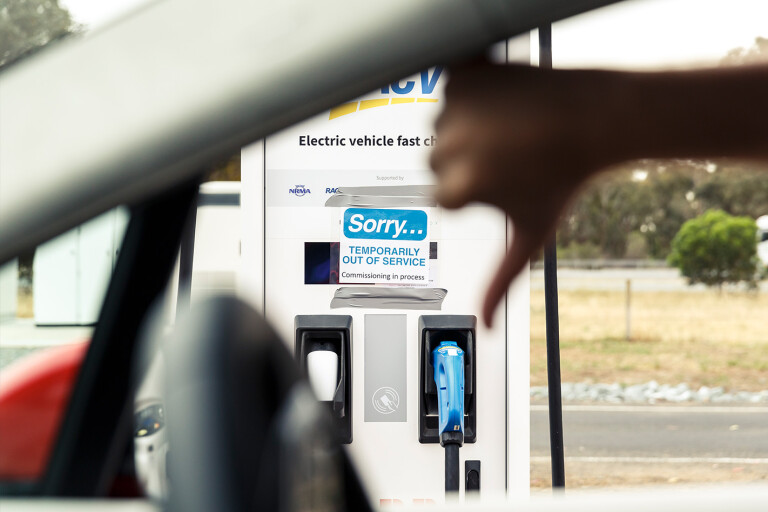
This saddens us a bit. In a country richly endowed with sun, wind and waves, Australia is still a long way from being at the forefront of renewable power creation for any forthcoming electric vehicle charging network. Our electric vehicle megatest at the tail end of 2018 only served to highlight the frustrations EV early adopters face with a patchy network of chargers that are frequently out of commission. Credit must go to Tesla, which has a head start and a workable network along certain key arterials, but for the rest of Aussies looking to embrace zero tailpipe emissions, a judiciously home-charged plug-in hybrid still looks to be the best option. That’ll change, but for the time being we’re not anywhere near the vanguard of EV infrastructure. And before you write in, yes, even the filthiest brown coal-fired power station still delivers cleaner power to your EV than an equivalent conventionally fuelled alternative.



COMMENTS